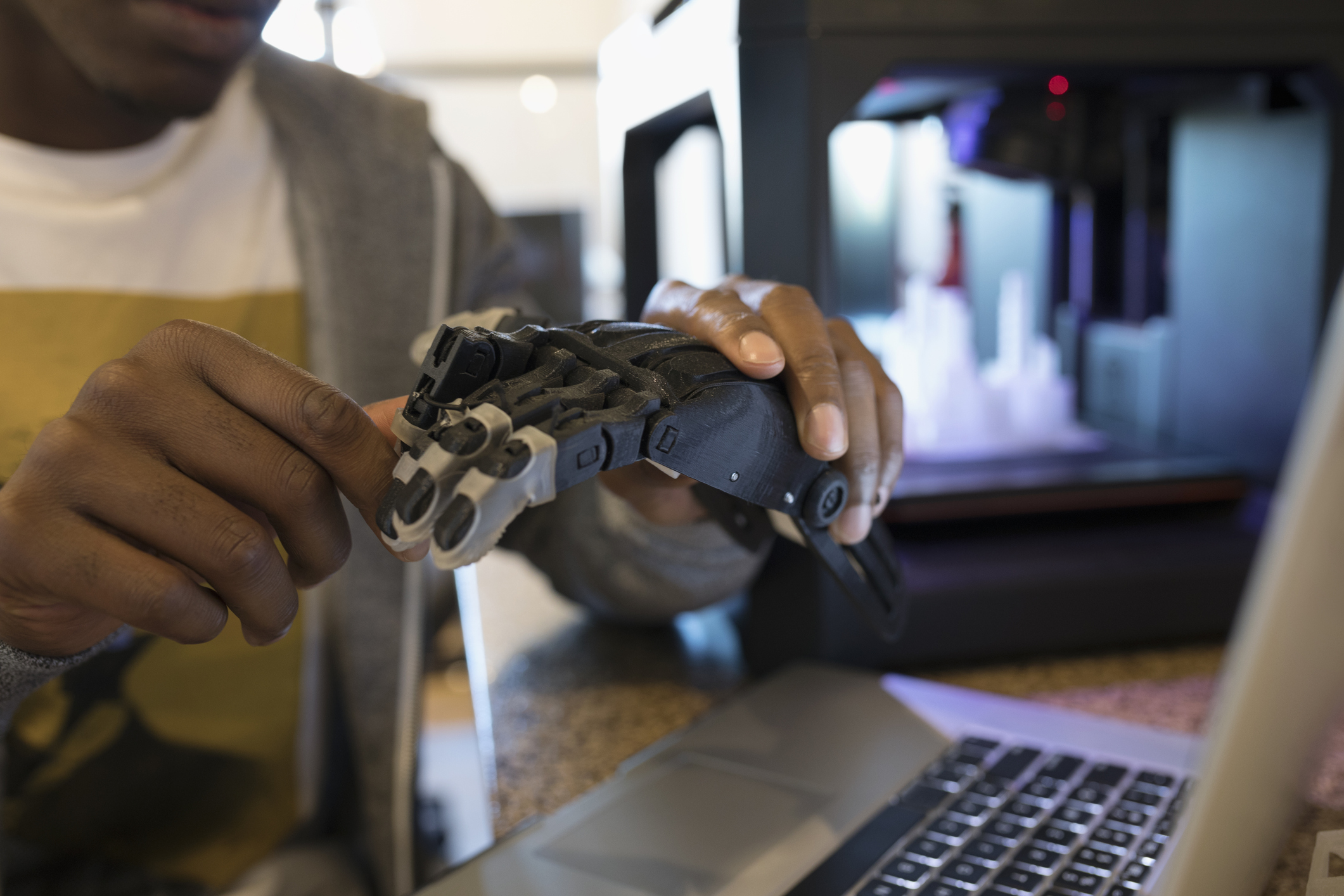AI could help make robots cheaper without limiting their abilities

Transfer learning, the ability to use knowledge previously gained from one context in another, could teach cheap robots to perform as well as expensive ones.
The context: One of the hardest challenges currently facing robotics is getting the robot to operate smoothly outside the lab. In a research setting, it’s feasible to equip the robot with expensive sensors and provide it an ideal environment to learn navigation. But in the real world, using the same sensors would prove costly and unfriendly for consumers. Plus, it is messy and imperfect.
The proposal: Researchers at Vrije Universiteit turned to a type of machine learning known as transfer learning to see if they could solve the problem. Transfer learning is the process of taking what an algorithm has learned in one context and applying it in another. It could be used to adapt an algorithm that controls a robot in the lab so it can control a robot in the real world. That means the robot could first train with the advantage of better sensors and a better environment, and then exploit what it learned even when it only has cheap sensors and a poor environment.
The results: To test this idea, the researchers created a robot in a simulated environment that it navigated first with the aid of eight proximity sensors, and then with a single camera. They found that when the robot-controlling algorithm used transfer learning to make decisions—with camera access only—it learned to navigate around the room much faster than when it used no transfer learning at all. It was also much faster than when it used transfer learning during training rather than decision-making.
To have more stories like this delivered directly to your inbox, sign up for our Webby-nominated AI newsletter The Algorithm. It's free.
Deep Dive
Artificial intelligence
Large language models can do jaw-dropping things. But nobody knows exactly why.
And that's a problem. Figuring it out is one of the biggest scientific puzzles of our time and a crucial step towards controlling more powerful future models.
Google DeepMind’s new generative model makes Super Mario–like games from scratch
Genie learns how to control games by watching hours and hours of video. It could help train next-gen robots too.
What’s next for generative video
OpenAI's Sora has raised the bar for AI moviemaking. Here are four things to bear in mind as we wrap our heads around what's coming.
Stay connected
Get the latest updates from
MIT Technology Review
Discover special offers, top stories, upcoming events, and more.